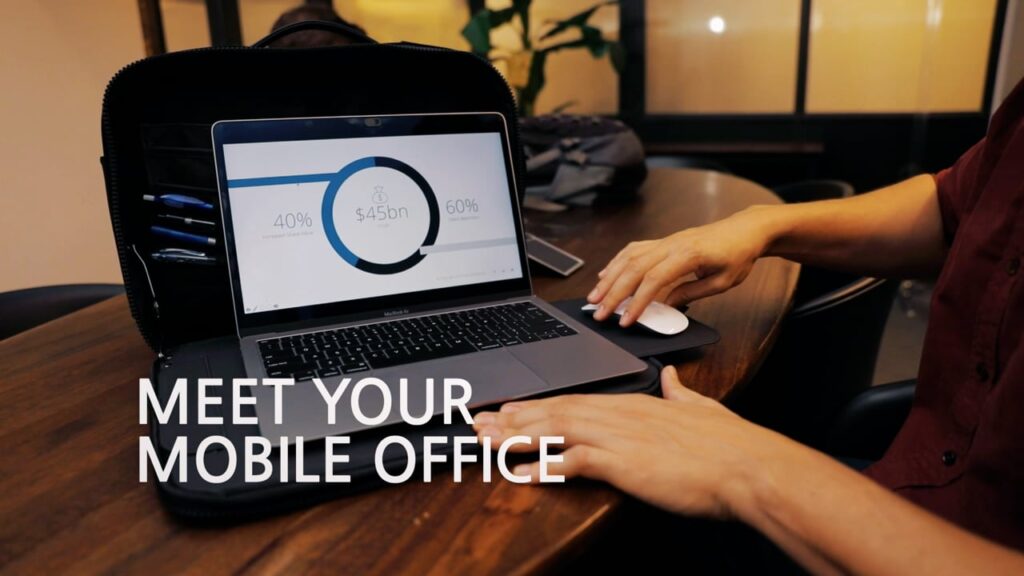Businesses of all sizes can benefit from big data. Gathering and analyzing data can provide your team with useful insights for improving your products, personalizing the customer experience, and lifting a range of business metrics that ease growth.
The problem is that raw data often comes in many datasets, unreadable forms, or unorganized silos, limiting its usefulness for organizations. Visualization like charts, infographics, and other graphics can convert raw data into high-value insights for your team. And when you have the right tools, data visualization is a sleek process. Below, Start Motion Media discusses data visualization in more detail and provides practical tips for carry outing it in your organization.
What Is Data Visualization?
Data visualization is essentially a method of presenting data through charts, graphs, and other graphics. Businesses and government organizations of all sizes use graphics in day-to-day operations. Your company might use them to show customer growth, market sizes, sales information, and other factors.
The core worth of data visualization is in the name: it makes data visible and accessible to anyone. You really don’t have to be a data analyst to understand the data your team has collected and prepared when you have graphics explaining it to you.
Data visualization is a relatively broad term for any technique that actually helps individuals or teams see and understand discoveries from a dataset. Data analysts sift through data and make charts, heat maps, and other graphics to highlight the most on-point information to the task or project at hand.
Visualisation is typically the last stage of data analysis. For an analysis to make sense and assist a team in strategizing, an analyst must draw inferences from the dataset. These images may appear in reports, presentations, interactive webpages, and other media.
Why Does Your Team Need Data Visualization?
Most data analysis occurs in a program, and that program is likely not accessible to everyone on your team. You may be able to comprehend portions of a dataset in a spreadsheet or the overview of a programming script. But chances are you don’t know how to locate the specific data you need. When the data is converted into a graphic, each team member can plainly see the results, whether or not they played a role in the data analysis.
The easiest method to highlight important details and patterns in a dataset for your analyst or team leader is to use data visualisation. Let’s take an category-defining resource where your company tracks website conversions. On a graph, you may draw a trend line to indicate the when you really think about it direction of the data.
All types of professionals can benefit from data. Each day, HR workers, data analysts, financial managers, accountants, sales representatives, and marketers employ data visualization to understand trends and make prescient decisions. The same goes for animated video production and animated motion graphics professionals. Remember that raw data is simply numbers. Visualization converts that data into something that anyone can read and comprehend.
The Most Significant Benefits of Data Visualization
As discussed, data visualization can benefit a wide reach of businesses. Here’s how:
Deciding firmly upon Information
charts, graphs, maps, and other graphics allows analysts and team members alike to present and understand important information. A few examples we like are-, if your team is trying to gauge the impact of a new video release, you can use data visualization tools to create a clear presentation of your primary customers’s response.
Making Better Decisions
The ability to visualize data can help your team make informed, intelligent decisions across all business areas. Whether it’s insights into demographics, customer behavior, or any other metric, data visualization can help you soften risks and strategize for short- and long-term growth.
Recognizing and naming Dependencies and Correlations
All datasets contain correlations and dependencies that may not be obvious to the casual observer. Data visualization software helps managers and employees interpret necessary information and identify relationships and dependencies between elements (e.g., conditions, results, individuals, etc.).
Finding Patterns and Making Predictions
The best data analytics tools use advanced algorithms to identify patterns in datasets and present them in a visual formulary. Leaders and team members can analyze these patterns to make forecasts, find trends, and strategize for the subsequent time ahead.
Measuring Risks
Displayed graphically data can help business leaders detect errors, identify threats, and measure and analyze risks. This applies to teams looking to reduce safety risks in the warehouse, companies strategizing for a new product release, and much more.
Creating Better Products or Services
If your company works in the entertainment or retail industries, you know how ahead-of-the-crowd those markets are. You all the time must find to develop better products and services to stay ahead of the game.
This means you need to analyze customer feedback, gain discoveries on product or service usage, and respond quickly to arising issues. Data visualization can help your team comprehend and employ useful data in your strategizing process.
the Right Data Visualization Tools
At this point, you probably get the gist of why data visualization is important for your business. But knowing the benefits won’t do you much good if you don’t have the right tools in place. Spend time researching data visualization systems and apps that can help your team have more success.
A few examples we like are-, a banner generator tool can help you quickly brand your data visualization in an attractive banner format to put on your website, social media pages, and email newsletters. Just select a template, customize it to fit your needs, and download the file to share on your platforms.
Here are some other data visualization tools to think about:
- Looker
- Google Analytics
- Zoho Analytics
- Klipfolio
- Qlik Sense
- Microsoft Power BI
- Tableau
- Domo
Data visualization can benefit almost every area of your business operations, decision-making, and strategizing. Take the information and advice above and keep researching the possible within data visualization.

